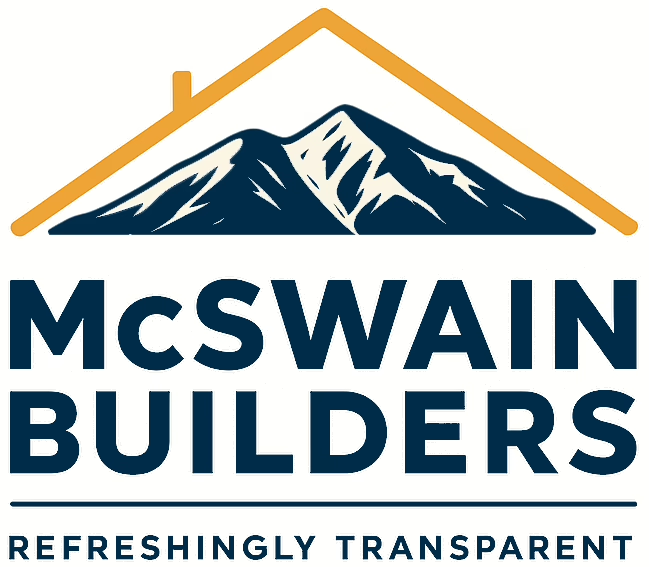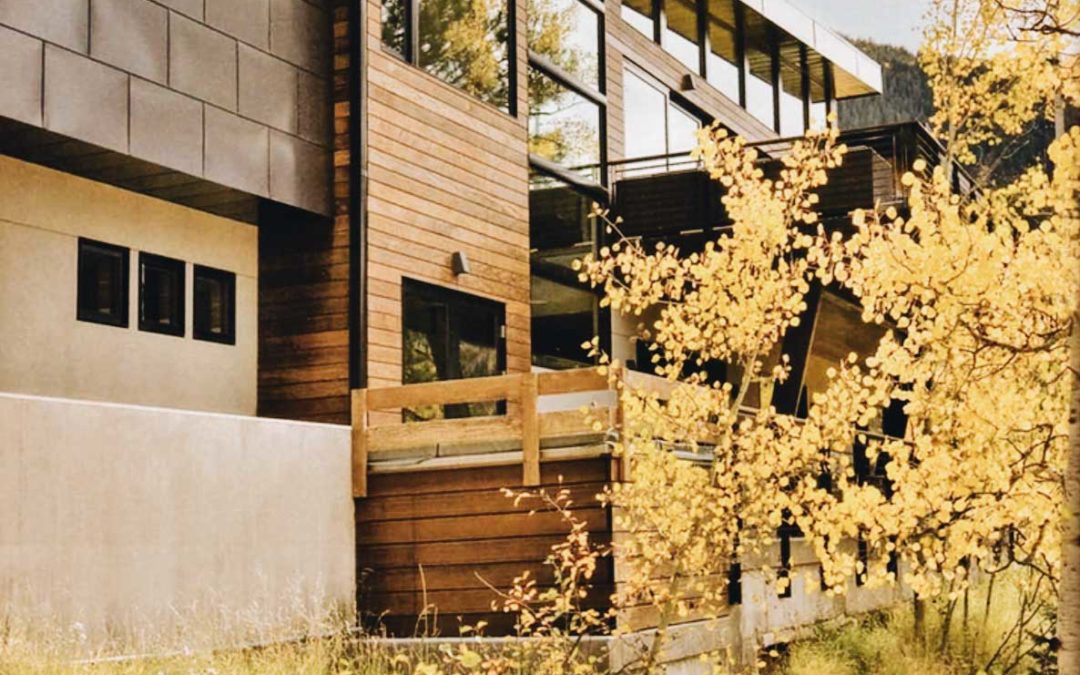Building a home is an exciting journey that allows homeowners to create their dream living space. Each stage of the home building process requires careful planning, coordination, and attention to detail. When it comes to constructing a mountain home in Colorado, there are unique considerations that must be taken into account to ensure a successful and harmonious integration with the natural surroundings. In this article, we will explore the various stages of home building while highlighting specific aspects relevant to build a mountain home in Colorado.
Pre-Construction Planning
During the pre-construction stage (Precon), homeowners define their vision for their home and establish the project’s parameters. This involves determining the budget, selecting a building site, conducting soil tests, and engaging an architect or designer to develop the home’s plans. For mountain homes in Colorado, it is essential to consider the specific terrain, weather patterns, and local building codes that apply to mountainous areas.
Design and Permits
The design stage involves collaborating with architects and designers to create a customized home that complements the mountainous surroundings. In Colorado, mountain homes often incorporate features such as large windows to maximize natural light and scenic views, sustainable design elements to minimize environmental impact, and durable construction materials to withstand harsh weather conditions.
Additionally, obtaining permits specific to building in mountainous areas may be required in Colorado. These permits might involve considerations such as fire safety, water runoff, slope stability, wildlife preservation and energy efficiency. Engaging professionals familiar with local regulations and experienced in mountain home construction can streamline the permit acquisition process.
Site Preparation and Foundation
Site preparation begins with clearing the construction area, excavating for the foundation, and addressing any grading or drainage issues. For mountain homes, excavation may involve addressing challenging terrain, such as steep slopes or rocky landscapes. Specialized equipment and techniques may be necessary to ensure stability and minimize erosion.
The foundation is a crucial element, particularly in mountainous regions. Techniques such as deep foundations, including helical piers or caissons, may be required to provide stability on uneven or rocky ground. Ensuring proper drainage and accounting for potential shifting or settling of the foundation are essential considerations specific to building in mountainous areas.
Construction of Structural Elements
The construction of structural elements includes framing, roofing, and exterior finishes. Mountain homes in Colorado often feature sturdy construction to withstand heavy snow loads and high-altitude conditions. Advanced framing techniques, such as insulated concrete forms or engineered timber frames, may be employed to enhance energy efficiency and structural integrity.
Roofing materials suitable for mountain environments, such as metal or composite materials with excellent snow-shedding capabilities, are commonly used. Exterior finishes that blend harmoniously with the natural surroundings, such as stone, wood, or locally sourced materials, contribute to the aesthetic appeal of the mountain home.
Interior and Systems Installation
The interior stage involves the installation of electrical, plumbing, heating, and ventilation systems. In mountain homes, these systems may require additional considerations to ensure efficient operation in colder climates. High-efficiency heating systems, proper insulation, and energy-efficient windows are essential to maintain a comfortable living environment while minimizing energy consumption.
Interior finishes, such as flooring, cabinetry, and fixtures, are selected and installed during this stage. Many mountain homes in Colorado embrace a rustic or contemporary design aesthetic, often incorporating elements inspired by nature, such as natural wood, stone, or local artwork.
Landscaping and Outdoor Spaces
Creating appealing outdoor spaces is an important aspect of building a mountain home. Landscaping in mountainous regions of Colorado may involve integrating native plant species, designing erosion control measures, and developing outdoor living areas that take advantage of the picturesque views. Hardscape elements like stone patios, fire pits, and terraces can enhance the overall appeal and functionality of the outdoor spaces.
When landscaping a mountain home in Colorado, it is crucial to consider the unique challenges presented by the terrain and climate. Slopes may require retaining walls or terracing to create level areas for landscaping. Additionally, selecting native plants that are adapted to the local climate and can withstand the temperature fluctuations and limited water availability common in mountainous regions is essential for sustainable and low-maintenance landscaping.
Final Touches and Finishing
The final stage of home building involves adding the finishing touches to complete the mountain home. This includes plaster, painting, installing custom tile and flooring, interior trim, and ensuring that all systems are functioning properly. The attention to detail during this stage is critical, as it sets the stage for the homeowner’s enjoyment of their new mountain retreat.
Special considerations for a mountain home in Colorado may include incorporating energy-efficient features such as solar panels or geothermal systems, which can take advantage of the region’s ample sunlight and natural resources. Implementing smart home technologies that allow homeowners to monitor and control various systems remotely can also be beneficial.
Quality Assurance and Inspections
Once the construction is complete, thorough quality assurance inspections should be conducted to ensure that the mountain home meets all safety standards, building codes, and design specifications. This includes checking the structural integrity, electrical and plumbing systems, and overall functionality of the home. Working with reputable contractors and conducting regular site visits throughout the construction process can help identify and address potential issues early on.
***
Building a mountain home in Colorado is a unique and rewarding experience that requires careful planning and execution at each stage of the construction process. From pre-construction planning and design to site preparation, construction of structural elements, and final touches, specific considerations are necessary to ensure that the home seamlessly integrates with the surrounding natural environment while meeting the challenges posed by the mountainous terrain.
Engaging professionals with expertise in mountain home construction and local regulations is essential to navigate the intricacies of building in Colorado’s mountainous regions. By considering factors such as site selection, building materials, energy efficiency, and landscape design, homeowners can create a stunning mountain retreat that offers both aesthetic beauty and functional comfort.
Building a mountain home is a significant investment, and attention to detail at every stage is crucial to achieving a home that fulfills the homeowner’s vision while harmonizing with the natural splendor of the Colorado mountains. With proper planning, skilled professionals, and a clear vision, the dream of owning a mountain home in Colorado can become a reality that provides years of joy and tranquility amid the breathtaking landscape.

